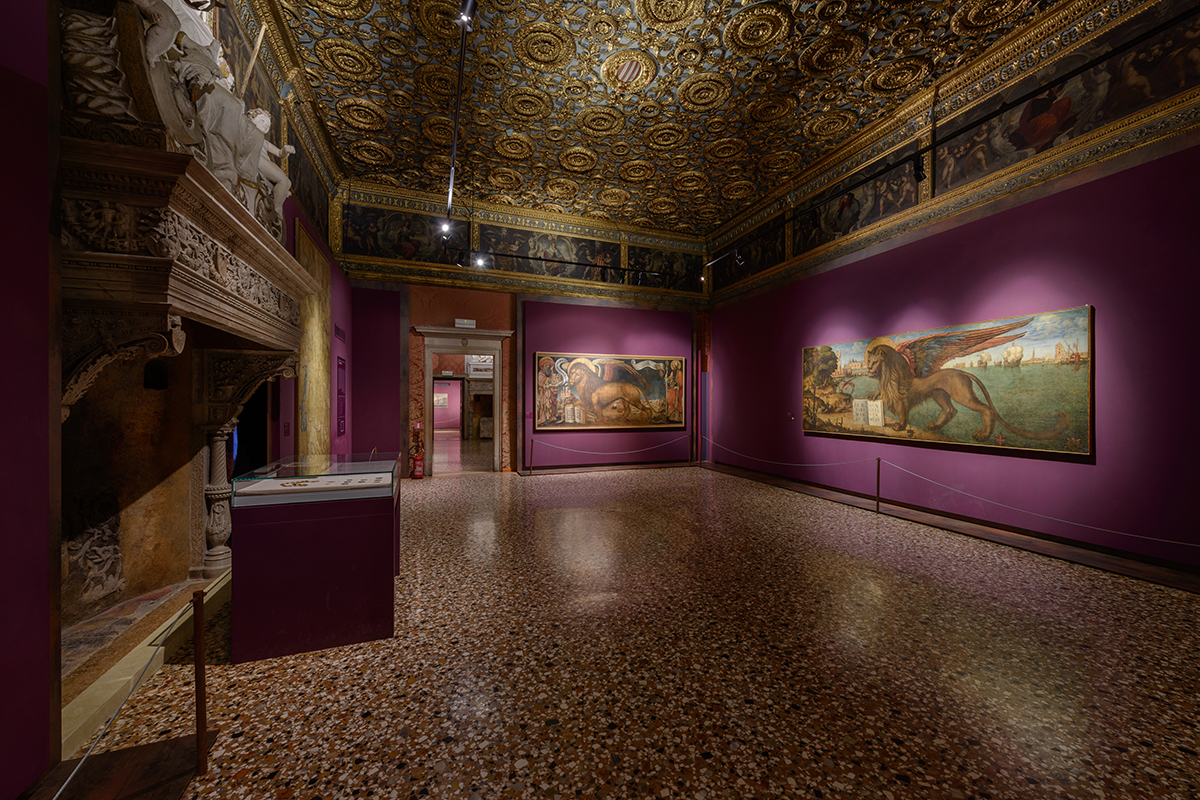The plague was sprawling across Venice, paralsying the city and making thousands of victims everyday, irregardless of class, status, or wealth. No one really knew what the cause was, and as the city began spending enormous amounts on measures to contain the disease and as scenes of unimaginable suffering ravaged the streets, Doge Giovanni Mocenigo was thinking of his beloved wife who had been one of the many victims. A devout Christian, Mocenigo attended mass in his small private chapel every evening where he would light a candle for her. After prayer one night in 1483, he made his way back to his chambers, as one of the servants began blowing out the candels, all but one. At night the burning candel fell to the ground and fire spread rapidly around the chapel, making its way out into the doge’s apartments with great ease, as almost everything was made out of wood, and in no time many of the rooms were incenerated. Mocenigo survived, however. And as a testament to his strength of character, he wasted no time in having the apartments rebuilt and expanded. Lucky he certainly was not, as he too died of the plague before he could see the work finished.
Just like the plague, fires in Venice didn’t stop there either, and on 20th December 1577 came the most devastating one of all. It seemed nothing could make it stop as thousands of men and women were called up to quelm the danger. When the flames finally ceased on the outside the Palace seemed doomed, and in the ensuing days a simple question arose: destroy and rebuild or repair? Two camps formed around each option, the architects guided by Andrea Palladio saw this as an oppotunity to leave their own mark by rebuilding the whole thing; on the other side, engineers led by one Rusconi were adamant that the damage was as minor as “a mosquito bite on the body of an elephant”. The coffers of the state were already squeezed tight by the epidemic of the plague, and the engineers’ thriftier solution prevailed. Had it not, we would be speaking of a completely different building, a different Venice really.







